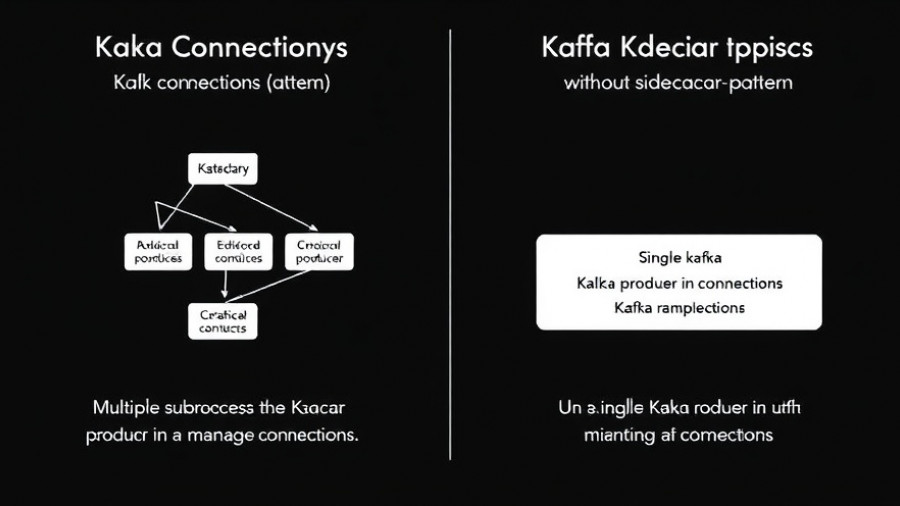
Revolutionizing Communication: The Rise of AI Email Assistants
In the fast-paced world of marketing, managing email communications can feel like an insurmountable task. As inboxes overflow with a mix of client queries, internal memos, and an endless stream of newsletters, the demand for efficient solutions has never been greater.
Enter the new wave of AI email assistants. Not just your typical assistant, these tools harness the power of artificial intelligence to streamline email management and enhance communication. The advancement from basic AI integrations to sophisticated tools capable of deep language processing marks a significant leap forward in how we manage our daily correspondence.
The Elite Squad: Best AI Email Assistants in 2025
After thorough testing, here are the standout AI email assistants that every marketing professional should consider:
- Shortwave: Revolutionizes email search with AI-powered insights.
- Microsoft Copilot Pro for Outlook: Enhances communication efficiency.
- Gemini for Gmail: Ideal for users in the Google Workspace ecosystem.
- Apple Intelligence for Apple Mail: Perfect for Apple users seeking seamless integration.
- Superhuman: Combines AI generation with templated responses to save time.
- Notion Mail: Introduces AI-driven inbox filtering for efficient organization.
- Proton Scribe: Focuses on privacy while assisting with email management.
- Edison Mail: Prioritizes AI-driven security for sensitive communications.
- SaneBox: Keeps your inbox organized by filtering and tagging effectively.
The Future of Email Management: What AI Can Offer
As we delve into the capabilities of AI in email management, it is crucial to highlight how these tools are not merely about automation but enhancing the human experience. For instance, using models like GPT-4o and Claude 4, these email assistants can analyze sentiments and intents, allowing marketers to tailor responses tactfully. Understanding the emotional tone of messages can significantly improve the quality of communication.
Additionally, the ability to generate tags for sorting incoming emails fosters a more organized workflow. By grouping similar emails together, marketing professionals can respond more efficiently, ultimately reducing the time spent in their inboxes.
Empowering Marketing Through AI
The integration of AI in email management is not just a trend; it's a substantial shift in how marketing teams operate. With robust tools at their disposal, teams can remain responsive to client needs while simultaneously ensuring that important emails do not get lost in the shuffle.
Moreover, as AI technology continues to evolve, we can expect to see even more advanced features. Enhanced capabilities such as predictive text and automated follow-ups will further empower marketers, allowing them to focus less on mundane tasks and more on strategy and relationship building.
Conclusion: Embrace the Future with AI Email Assistants
The increasing efficacy of AI email assistants presents a valuable opportunity for marketing professionals to enhance their productivity. By leveraging these tools, marketers can not only keep their inboxes under control but also refine their communication strategies to better connect with clients. As the digital landscape continues to evolve, embracing AI technology can give you a competitive edge. Don't let the flood of emails drown your productivity—consider trying one of these AI-powered solutions today!
 Add Row
Add Row  Add
Add 




Write A Comment